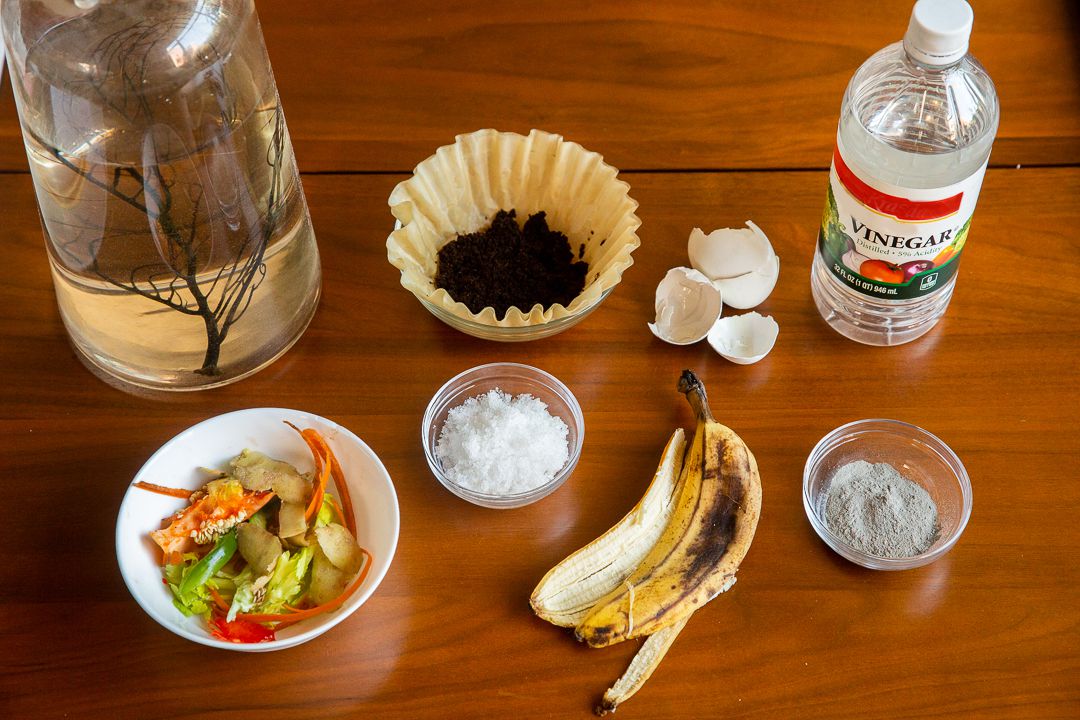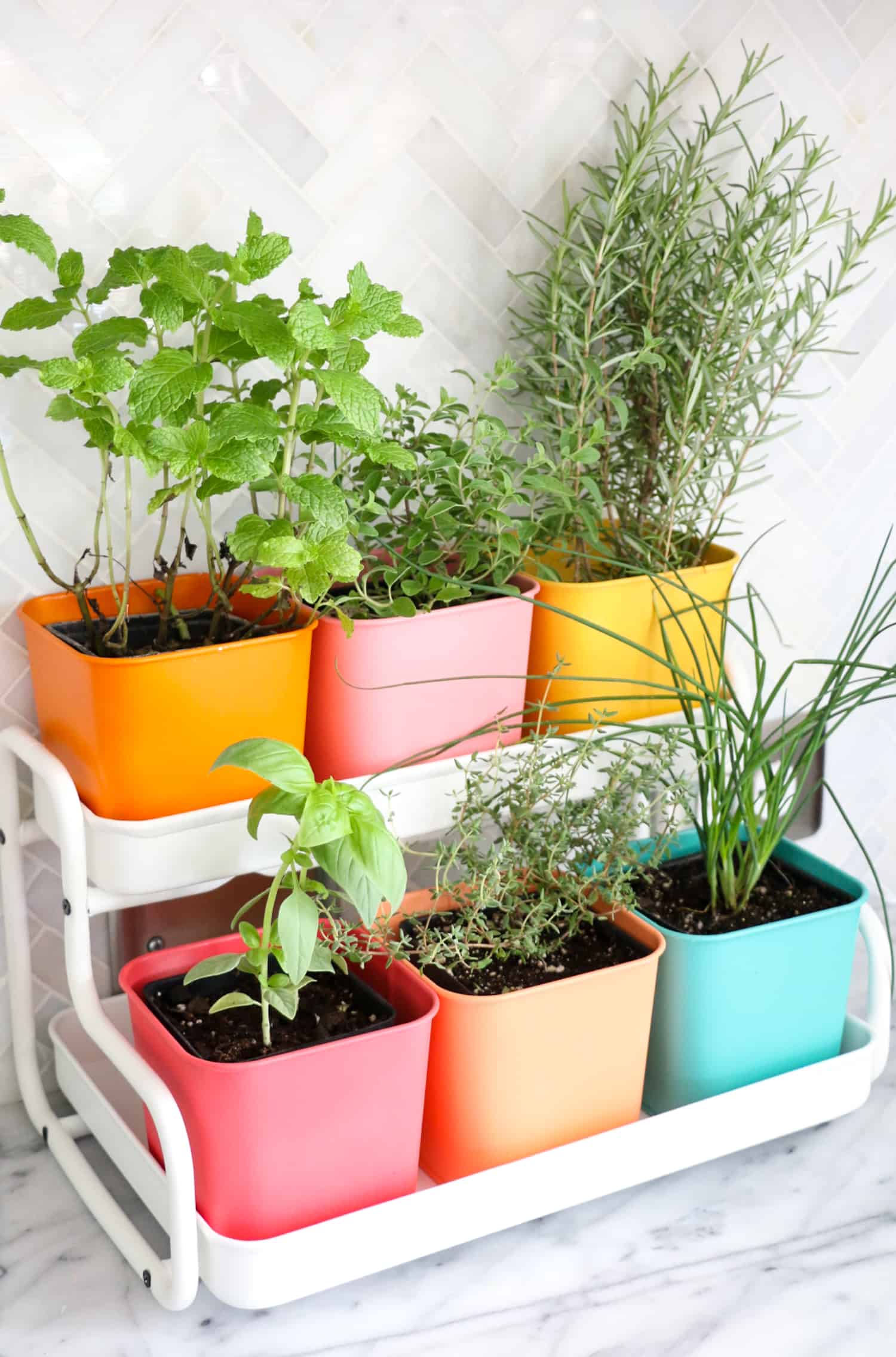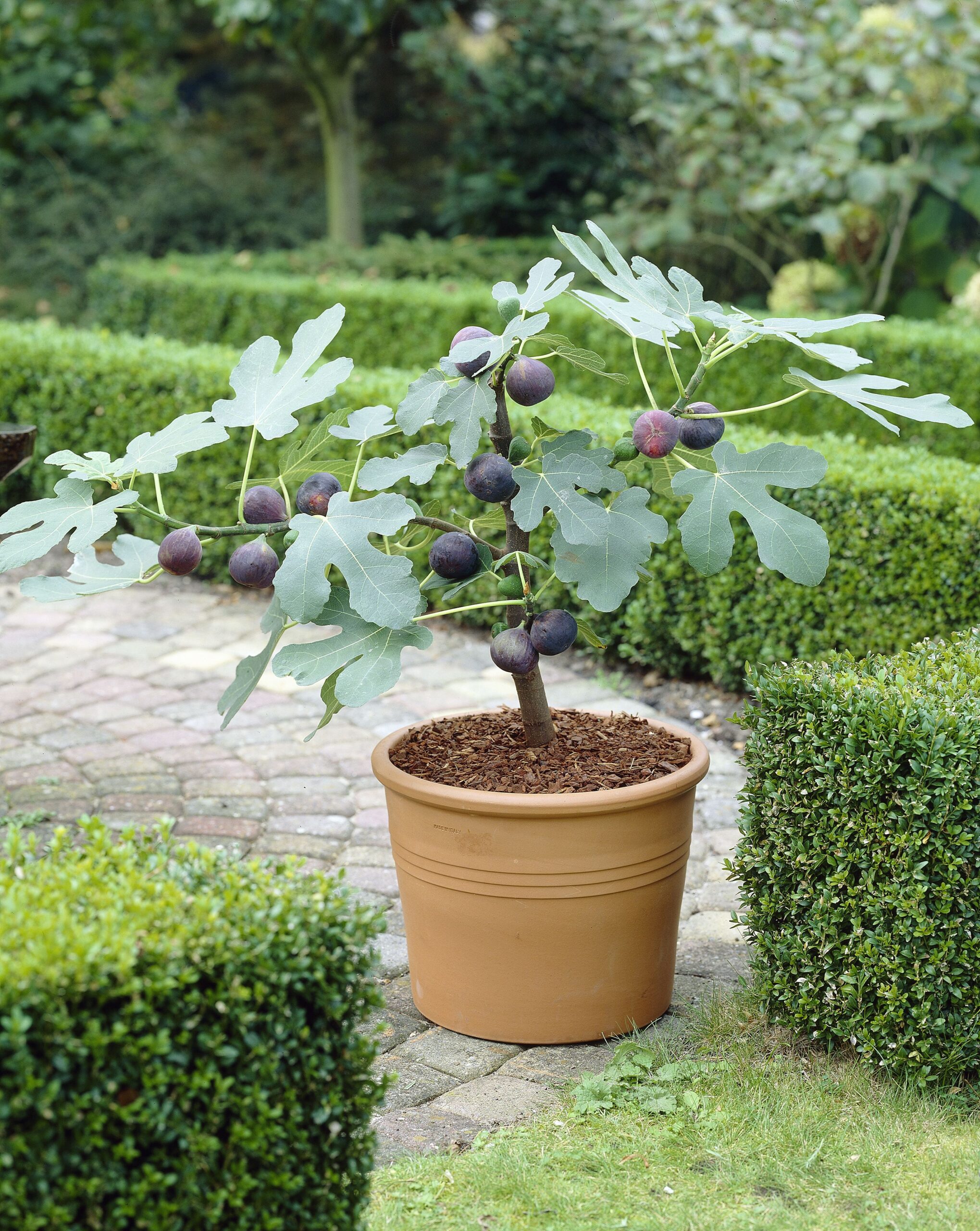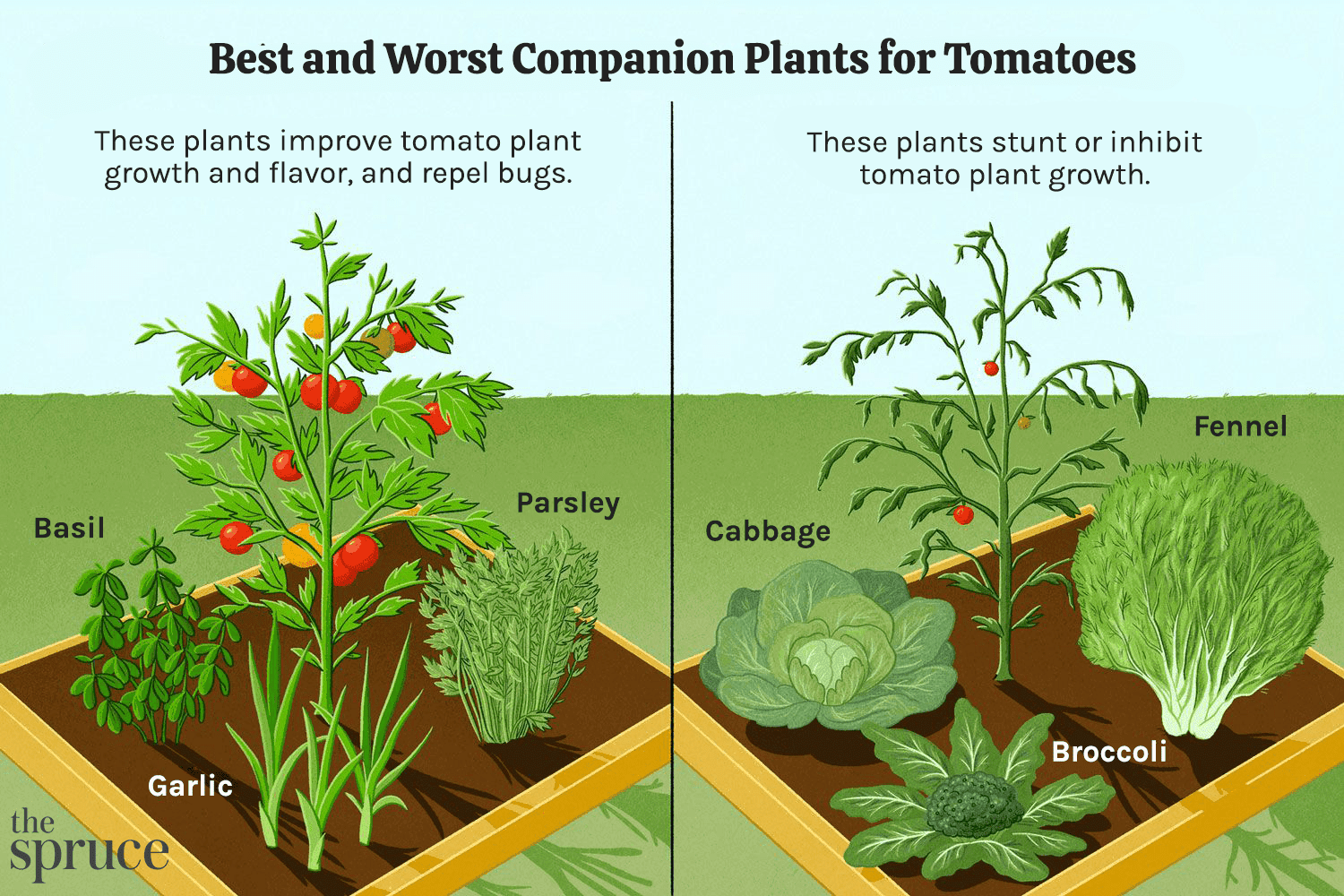How to Make Homemade Plant Fertilizer
Plants, like humans, need proper nourishment to thrive. When it comes to fertilizing your plants, you may be tempted to reach for store-bought solutions. However, you can easily make your own homemade plant fertilizer with ingredients you may already have at home. Not only is making your own fertilizer cost-effective, but it also allows you to control exactly what goes into it. Let’s explore some simple and effective homemade plant fertilizer recipes that will keep your plants healthy and vibrant.
1. Banana Peel Fertilizer
One of the easiest ways to create your own plant fertilizer is by using banana peels. Bananas are a great source of potassium, which is essential for plant growth. To make banana peel fertilizer, simply chop up some banana peels and bury them in the soil near your plants. As the peels decompose, they release nutrients that will enrich the soil and promote healthy plant growth.
2. Coffee Grounds Fertilizer
If you’re a coffee drinker, you can put your leftover coffee grounds to good use by using them as a plant fertilizer. Coffee grounds are rich in nitrogen, which is beneficial for plant growth. Simply sprinkle used coffee grounds around the base of your plants, or mix them into the soil. Your plants will thank you for the extra nutrients!
3. Epsom Salt Fertilizer
Epsom salt is a popular household item that can also be used as a plant fertilizer. Epsom salt is rich in magnesium, which is essential for plant photosynthesis. To create an Epsom salt fertilizer solution, mix 2 tablespoons of Epsom salt with 1 gallon of water. Water your plants with this solution once a month to promote healthy growth.
4. Eggshell Fertilizer
Don’t throw away your eggshells – they can be used to create a nutrient-rich fertilizer for your plants. Eggshells are a great source of calcium, which is important for strong plant cell walls. To make eggshell fertilizer, crush up clean, dried eggshells into small pieces and sprinkle them around the base of your plants. The shells will slowly break down and release calcium into the soil.
5. Fish Tank Water Fertilizer
If you have a fish tank, you can use the water from water changes as a natural fertilizer for your plants. Fish tank water is rich in nutrients like nitrogen, phosphorus, and potassium, which are essential for plant growth. Simply water your plants with fish tank water once a week to provide them with a nutrient boost.
6. Molasses Fertilizer
Molasses is a sticky sweet substance that can also benefit your plants. Molasses contains beneficial microbes that can improve soil health and promote plant growth. To create a molasses fertilizer solution, mix 1 tablespoon of unsulphured molasses with 1 gallon of water. Water your plants with this solution once a month to enhance nutrient uptake.
7. Vegetable Scraps Fertilizer
Instead of throwing away your vegetable scraps, you can use them to create a nutrient-rich fertilizer for your plants. Vegetable scraps like carrot tops, celery stalks, and potato peels can be blended into a compost tea that will enrich your soil. Simply blend the vegetable scraps with water, let the mixture steep for a few days, then strain it and use it to water your plants.
8. Seaweed Fertilizer
Seaweed is a natural source of micronutrients that can benefit your plants. You can use dried seaweed as a soil conditioner and fertilizer for your plants. Simply soak dried seaweed in water for a few days to create a seaweed tea. Water your plants with this nutrient-rich tea to promote healthy growth and improve soil health.
Conclusion
Homemade plant fertilizers are a simple and cost-effective way to nourish your plants and promote healthy growth. By using common household items like banana peels, coffee grounds, and eggshells, you can create nutrient-rich fertilizers that will keep your plants thriving. Experiment with different homemade fertilizers to see what works best for your plants, and enjoy the satisfaction of knowing exactly what goes into your plant care routine.



